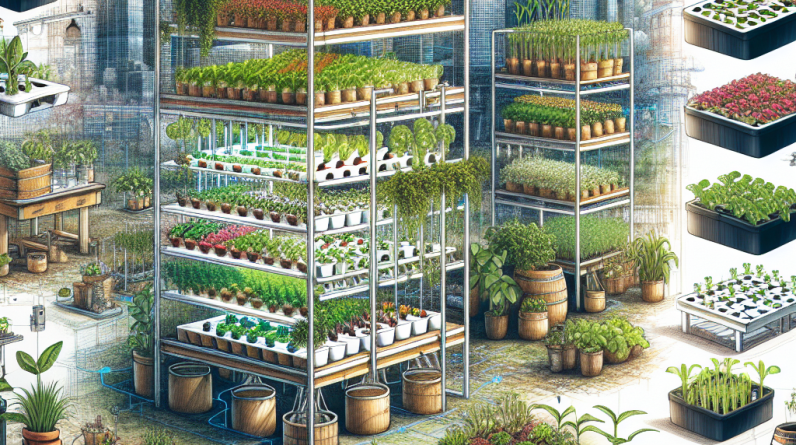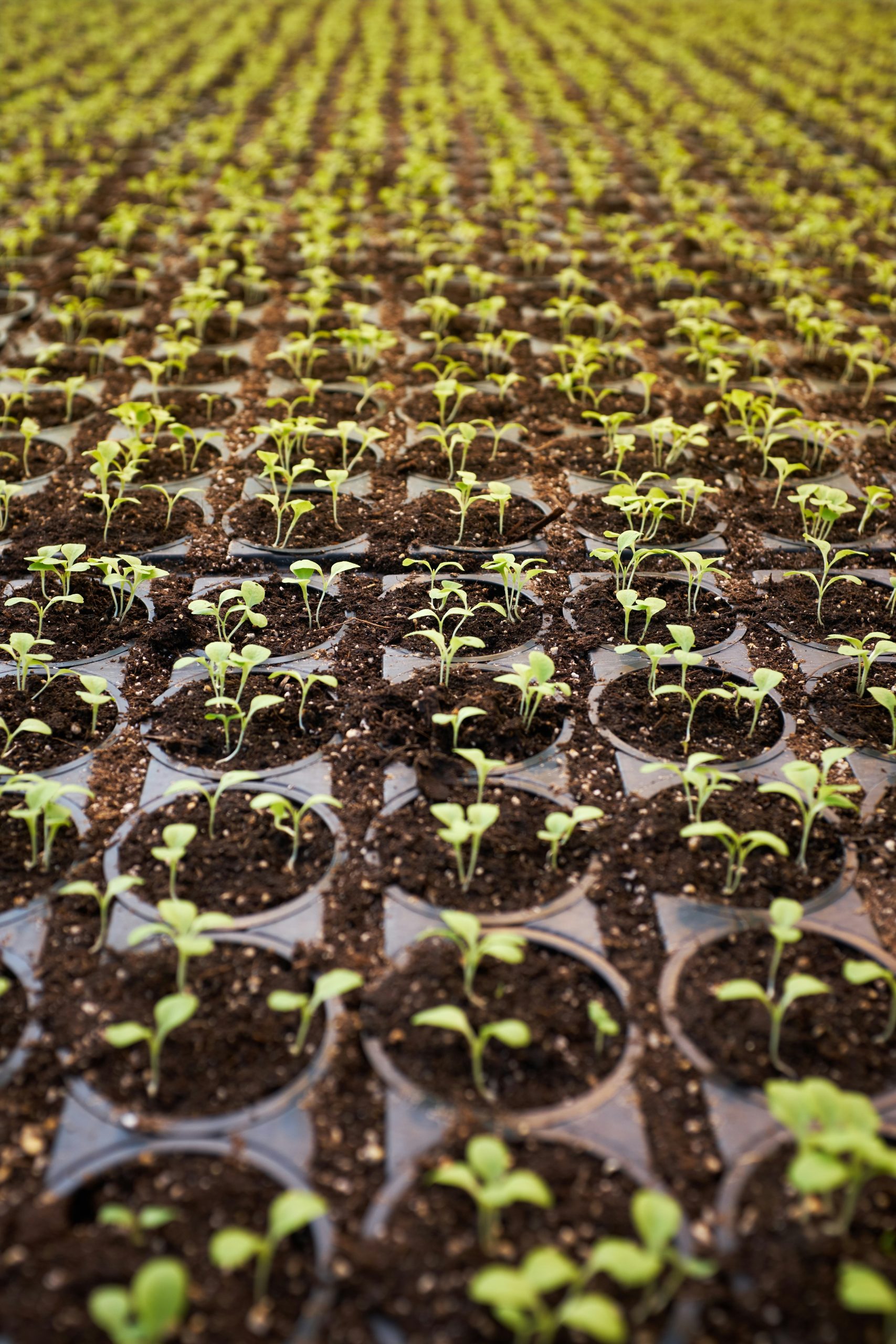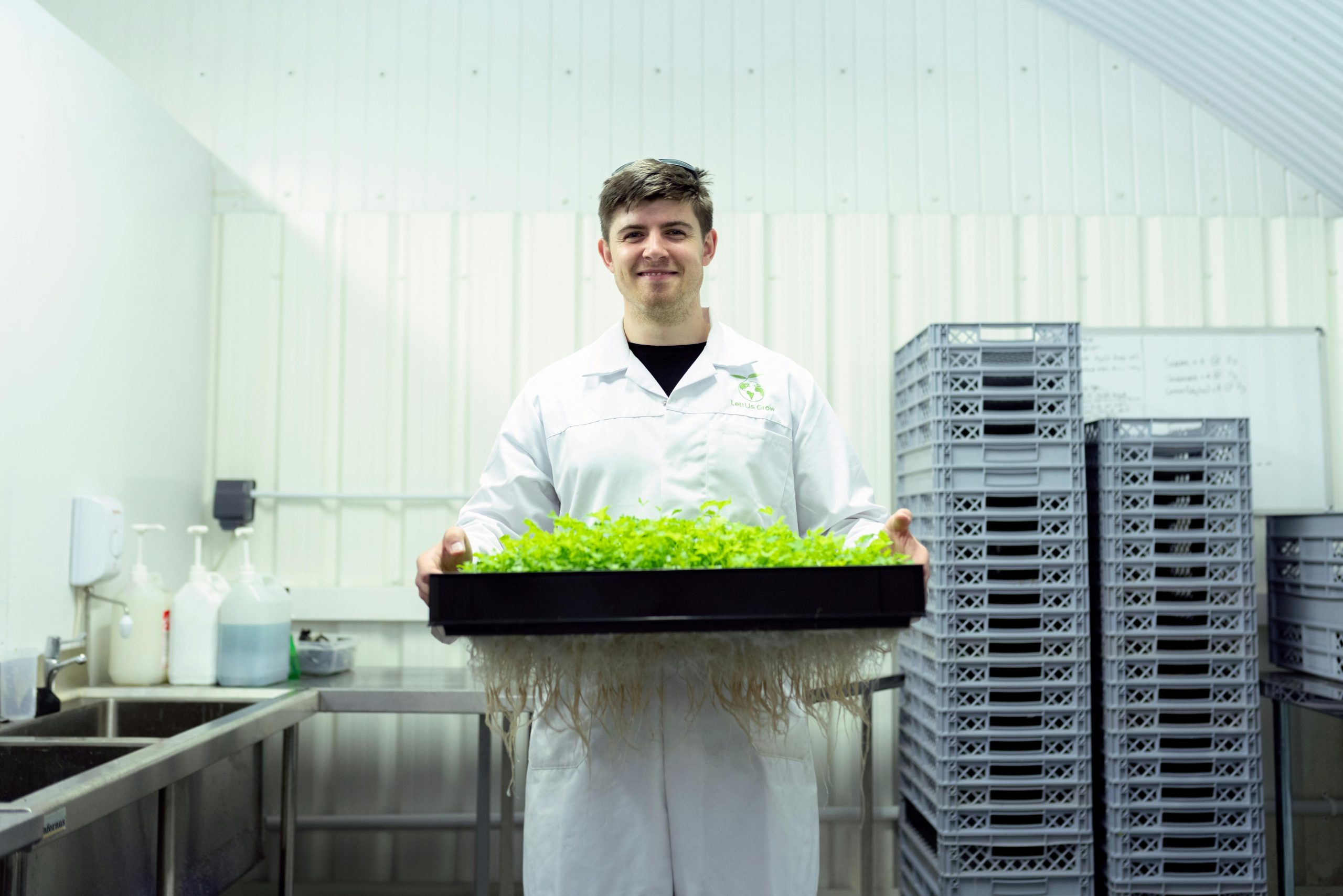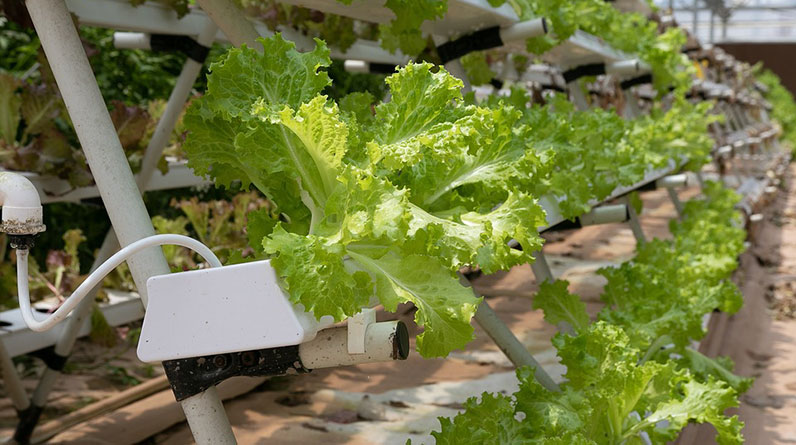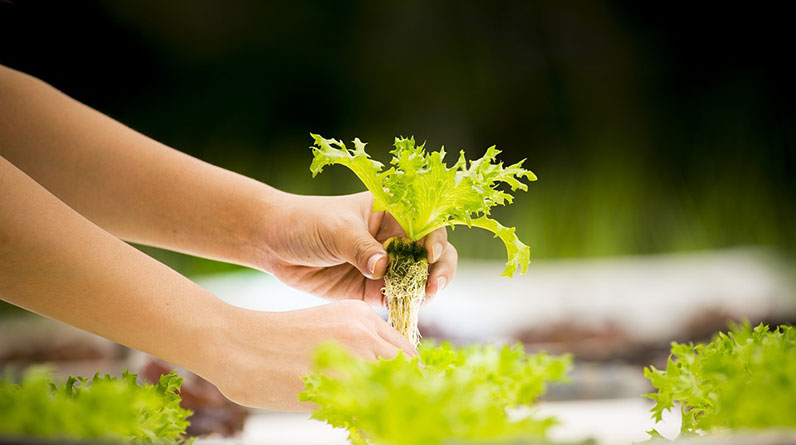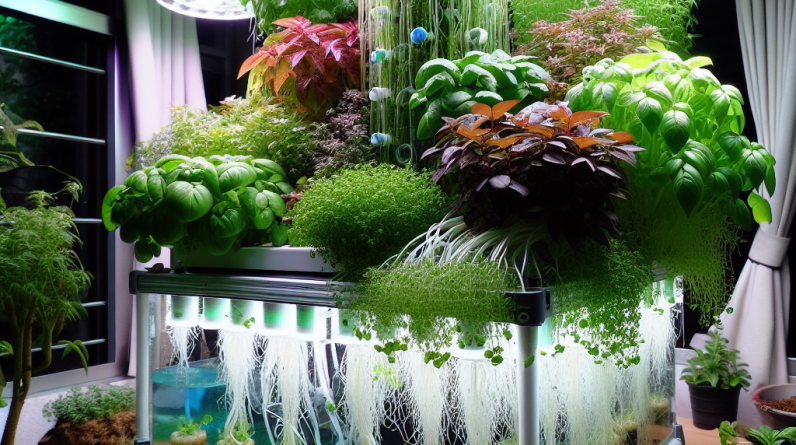
Hey there, plant lovers! If you’ve ever thought about how to grow lush plants without all the dirt and mess, then DIY hydroponics might just be your new best friend. I’ve dabbled in this method for a while now, and let me tell you, it’s a game changer. So, let’s break it down into some manageable sections so you can start your own thriving garden. Ready? Let’s dive in!
Understanding Hydroponics
What is Hydroponics?
Hydroponics is all about growing plants in a water-based, nutrient-rich solution instead of soil. Sounds cool, right? This method allows for faster growth rates and often bigger yields. The roots of the plants are suspended in the nutrient solution, which means they can absorb what they need directly without dealing with soil. In short, hydroponics is like providing a buffet of nutrients to your plants!
A big upside to hydroponics is that you can control the environment easily. Whether it’s pH levels, nutrient concentrations, or even light exposure, you’re in charge. This means you can optimize your setup for maximum plant growth and minimize issues like pests and diseases that are more common in traditional gardening methods.
If you’re intrigued, you’re not alone! Many people are turning to hydroponics, especially if space is limited. You can grow your favorite herbs and veggies right on your kitchen counter or in your living room and watch them flourish without any dirt under your nails.
The Benefits of Hydroponics
Alright, let’s talk benefits! One major advantage of hydroponics is space efficiency. Since you’re not working with soil and traditional garden layouts, you can maximize vertical space. You could stack systems or hang them on walls, creating beautiful and lush vertical gardens.
Another fantastic perk is the water efficiency of hydroponics. You use less water compared to traditional gardening because the system recycles nutrients and water. This is super important these days as we all try to be a little more eco-friendly.
Plus, your plants grow faster! You’ll see results quicker, which means more harvest and sooner satisfaction. Picture snipping off fresh basil or mint just days after planting. Who wouldn’t love that instant gratification?
Hydroponic Systems to Explore
There are several methods of hydroponics to choose from, each with its unique charm. Deep Water Culture (DWC) is one of the simplest systems, perfect for beginners. Plants sit in a nutrient solution with their roots submerged in water, and an air pump keeps oxygen flowing.
Nutrient Film Technique (NFT) involves a thin film of nutrient solution flowing over plant roots in a sloped trough. This method allows for ideal oxygenation, promoting healthy root systems that can thrive!
<pLastly, the Ebb and Flow system, also known as Flood and Drain, periodically floods your plants with nutrient solution before draining it back. This not only nourishes the roots but also gets rid of any excess salts that could build up. It’s like giving your plants a refreshing drink every now and then!
Setup Your Hydroponic Garden
Gathering Supplies and Materials
Now that you’re all hyped about hydroponics, let’s get into the fun part: setting it all up! First things first, you’ll need some supplies. You’ll want to get a container to hold your nutrient solution, which could be anything from a simple bucket to a more complex system depending on your method choice.
Next, you’ll need a growing medium. Options range from rock wool, clay pellets, to coconut coir. These materials help support the plants but don’t provide nutrition themselves; that’s where your nutrient solution comes in!
Don’t forget about lighting! If you’re planning to grow indoors, consider investing in grow lights to ensure your plants get enough light, especially if you live in a dimly lit area. Go for LED lights—they’re energy-efficient and provide the right light spectrum for plant growth.
Making Your Nutrient Solution
A crucial step in hydroponics is mixing up the right nutrient solution for your plants. A good quality hydroponic nutrient solution will typically be labeled for this purpose and provide an ideal mix of essential minerals and nutrients. Make sure to follow the mixing instructions precisely to avoid any plant stress!
It’s also essential to monitor the pH of your nutrient solution. Most plants thrive in a pH range of about 5.5 to 6.5. You can easily purchase a pH testing kit online or at your local garden store. If you need to adjust your pH, there are specific solutions available to help you do just that.
And here’s a tip: Don’t just dump the solution into your growing medium—make it a habit to check water levels and nutrient balance regularly to ensure your plants are getting what they need!
Planting and Maintenance
Once you’ve got your setup ready and your nutrient solution mixed, it’s time to plant! Start by germinating your seeds in a shallow container and once they sprout, you can transfer them into your hydroponic system. Place the seedlings in your chosen growing medium, and make sure the roots have a good contact with that nutrient solution.
As your plants grow, keep an eye on conditions. Optimum temperature and humidity levels can greatly affect your plants’ health. A little adjustment in the environment can make a significant difference.
Also, remember to prune and support your plants as they grow. Some plants can get top-heavy, and providing support can help them stay upright and healthy while maximizing light exposure!
Avoiding Common Mistakes
Over or Under Nutrient Solution
One of the top mistakes that newbies make is mismanaging the nutrient solution. Too many nutrients can burn the roots, while too few can stunt growth. Keeping a close eye on your mix is fundamental to a successful crop.
I’ve seen plants literally tank because someone got too excited about the nutrients and overdid it. Stick to the manufacturer’s recommendations, especially when you’re starting out. Think of it like cooking; follow the recipes until you’re comfortable enough to start adding your twist!
Also, regularly flush your system to prevent nutrient buildup. This helps your plants use the nutrients efficiently and keeps everything running smoothly!
Pest Management
Even in a soil-less environment, pest problems can arise in hydroponics. You’d be surprised. Make it a habit to inspect your plants regularly, looking for any signs of pests. A little prevention goes a long way!
I personally use a mix of organic solutions to keep pests at bay. Neem oil and insecticidal soap can help treat infestations if they pop up. Just be sure to apply these treatments during the evening to prevent burning your plants.
Another method worth exploring is introducing beneficial insects that prey on common pests. Ladybugs, for example, will munch on aphids, so these little helpers can be a natural way to control your plant’s health.
Patience and Observation
Hydroponics is fascinating, but it’s not always smooth sailing. One common mistake is giving up too quickly when things don’t go as planned. Plants can be finicky, and it often takes a few tries to really nail down your system.
Make sure to observe how your plants react to the environment you’ve set for them. Maybe a little light adjustment is needed, or perhaps they need more airflow. Paying attention to their nuances ultimately helps in keeping them healthy and thriving.
Finally, enjoy the journey! Gardening, especially hydroponics, is as much about the process as it is about the results. Documenting your growth and learning from your successes and failures as you go along can make all the difference.
Harvesting and Enjoying Your Plants
When to Harvest
Harvesting is the moment we’ve all been waiting for, right? Knowing when to pick your plants can vary by species, but generally, you want to harvest when they are at peak freshness. In the case of leafy greens, cutting them just before they reach full maturity often results in the sweetest and crispiest leaves.
Herbs can usually be harvested once they’ve grown to a reasonable size. Snipping off leaves regularly can encourage bushier growth and keep your plants producing longer. Just be careful not to over-harvest!
Keeping an eye on your fruits and vegetables is crucial, too. It’s all about that sweet spot where they look plump and ready to eat. Try not to let them over-ripen on the plant, as this can affect future yields!
Storing and Using Your Harvest
Once you’ve harvested, it’s time to think about how to store or use your goodies! Fresh herbs can be kept in water like cut flowers or, alternatively, wrapped in a damp paper towel inside a plastic bag in the fridge to keep them fresh longer.
For veggies, try to consume them as soon as possible for the best flavor and nutrients. If you’re looking to store them, some can be blanched and frozen, while others can be canned or dried. Get creative with your harvest!
Also, consider sharing your bounty with friends and family. It’s an excellent way to spread the joy of hydroponics and maybe inspire them to start their own garden!
Reflecting on the Experience
After harvesting, take some time to reflect on your hydroponic journey. What worked well? What challenges did you face? Evaluating your process can be a great learning experience.
Maybe you found a new favorite plant, or you learned something surprising about your hydroponic setup. Whatever it is, note it down so you can improve next time. The more you practice, the better you’ll get!
And never forget to have fun! Gardening should feel rewarding and enjoyable. Celebrate your successes, and keep planting and growing!
Frequently Asked Questions
1. What plants grow best in a hydroponic system?
Typically, leafy greens like lettuce, herbs such as basil and mint, and small fruiting plants like strawberries and cherry tomatoes do really well in hydroponics. It’s all about starting with fast-growing, adaptable plants!
2. Do I need special equipment for hydroponics?
Not necessarily! While there are specialized systems available, you can create a basic hydroponic setup using common materials like plastic containers, a pump, and nutrient solutions you can find at gardening stores.
3. How often do I need to check my nutrient solution?
It’s a good idea to check your nutrient solution at least once a week. Monitor the pH and nutrient levels and replenish as needed to keep everything in balance.
4. Can I do hydroponics indoors?
Absolutely! In fact, many people prefer indoor hydroponics due to controlling environmental factors better. Just ensure you have adequate lighting for your plants!
5. What should I do if my plants develop pests?
If you notice pests, inspect your plants carefully and treat them immediately with organic methods like neem oil or insecticidal soap. Prevention is key, so regularly check for any signs of pests and take action early!



